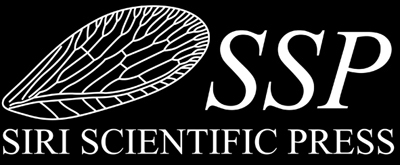Butterflies of Greater Manchester: A distribution atlas
Posted by David Penney on
Recently we received the remainder stock of Butterflies of Greater Manchester by Peter B. Hardy. PGL Enterprises (1998) 0-9532374-0-0, 127 pp, 210 x 148 mm, soft cover, 2 colour plates, 8 B+W plates, distribution maps and charts. This volume provides invaluable data for anybody wishing to investigate changes in butterfly distribution in the Greater Manchester area over the last two decades (see reviews and description below or click on the cover image to go straight to the product page).
Please note that this is not one of our publications. These are remainder stock that we have acquired from the author/publisher and we are happy to offer it for the very cheap price of just £4.00 plus p+p. Please note that there will be no opportunities for reprinting this title, so if you want one, make sure you order it soon while stocks last!
Reviews
Journal of Insect Conservation (2000): The aim of this small book is to project an optimistic note about the future of wildlife in the UK by showing that wildlife can flourish in an urban landscape. 43% of British butterfly species survive in Greater Manchester in a wide variety of habitats, including high moorland, mature woodland and the well-known mosses, but especially the urban wastelands where wildlife flourishes on abandoned industrial sites. ... The book fits nicely into a long tradition of works highlighting the importance of derelict land for nature conservation (e.g. the formation of unusual wildlife communities of metallophyte and pseudometallophyte plants). Fifteen of the 24 butterfly species recorded in the area can be found on wasteland such as derelict coal mines and rubbish tips. ... This book makes a good case for ‘soft’ end-use for industrial sites and for ‘soft’, hands-off management, as well as engendering a greater appreciation of butterflies within Greater Manchester.
Entomologist's Gazette (1998): ...With these unique features, the Manchester atlas provides a new vantage for butterfly biology within one of Europe's major conurbations, a valuable tool for monitoring the impact of environmental changes and for conservation. It is a splendid achievement by the author and sets a new standard for regional butterfly atlases.
Butterfly Conservation News (vol. 69): ...there is much of interest in this fact-packed book for both local butterfly enthusiast and those from further afield.
From the back cover
Much has been written in recent years about the decline of butterflies in Britain as a result of habitat loss. Whilst not denying the extent of this problem, this booklet aims to present a more optimistic picture by showing how twenty-four species of butterflies can and do thrive in the urban, suburban and rural environments which make up Greater Manchester, and many of these species range through the whole area virtually to the city centre. The author Peter Hardy is an amateur entomologist who was born and bred in the Manchester area. He has traveled worldwide studying and photographing butterflies and has published several scientific papers. For this, his first book, he has chosen the butterflies of his 'home' patch as the subject of a detailed study of how they interact with the pressures and changes of civilization in and around a large city, and the ecological requirements (hostplant-habitats and nectar sources) which they require. This book will be of interest to naturalists, conservationists and indeed everyone with a love for the living things with which we share the environment.
Share this post
- 0 comment
- Tags: News, Remainders
0 comment

